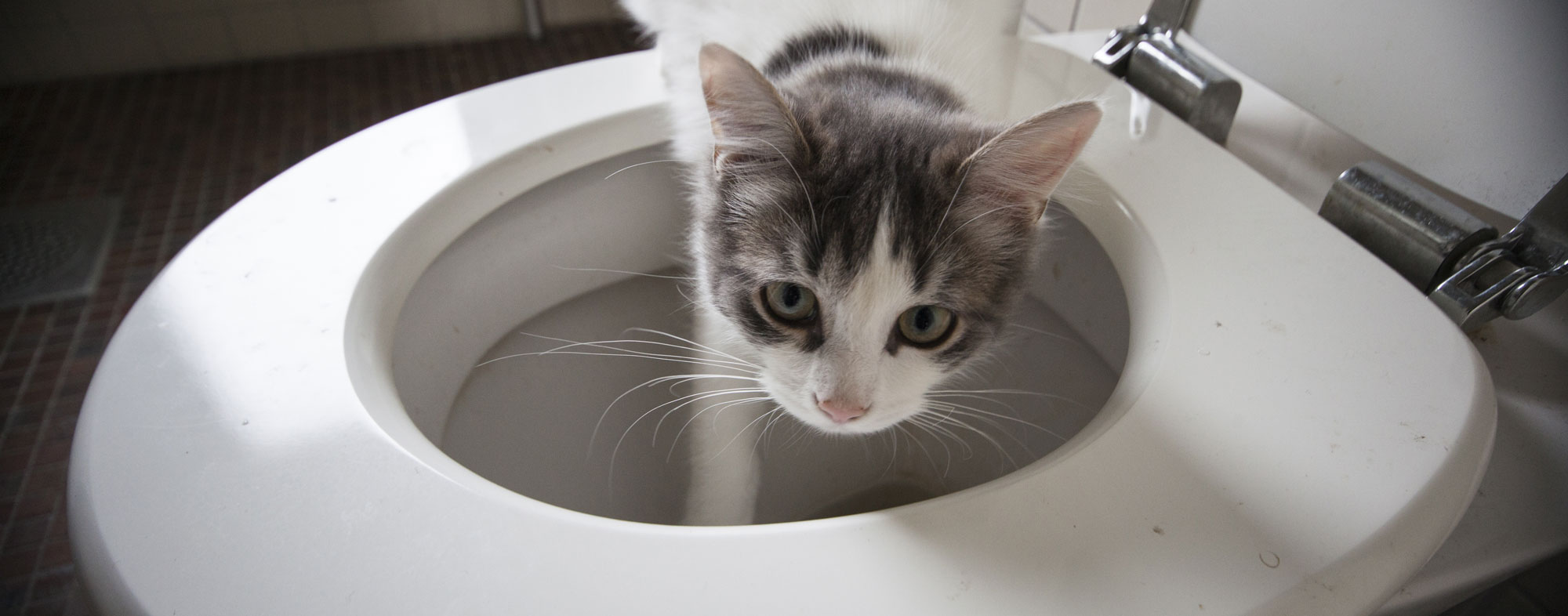Avoid Flush Cat Poop Down Your Toilet - Maintain Your House's Plumbing System
Avoid Flush Cat Poop Down Your Toilet - Maintain Your House's Plumbing System
Blog Article
We've uncovered this great article relating to How to Dispose of Cat Poop and Litter Without Plastic Bags below on the web and thought it made sense to discuss it with you on this site.

Introduction
As feline proprietors, it's important to bear in mind just how we throw away our feline buddies' waste. While it might seem convenient to flush feline poop down the toilet, this practice can have destructive repercussions for both the atmosphere and human health.
Ecological Impact
Flushing pet cat poop presents damaging microorganisms and parasites into the water supply, positioning a substantial threat to water communities. These pollutants can adversely affect marine life and compromise water high quality.
Wellness Risks
In addition to ecological worries, flushing cat waste can likewise posture wellness risks to people. Feline feces might contain Toxoplasma gondii, a bloodsucker that can trigger toxoplasmosis-- a potentially severe ailment, especially for expectant women and individuals with damaged body immune systems.
Alternatives to Flushing
Fortunately, there are much safer and a lot more accountable means to take care of feline poop. Take into consideration the adhering to alternatives:
1. Scoop and Dispose in Trash
One of the most typical approach of dealing with pet cat poop is to scoop it into a naturally degradable bag and throw it in the trash. Be sure to use a specialized trash inside story and deal with the waste quickly.
2. Use Biodegradable Litter
Select naturally degradable feline clutter made from materials such as corn or wheat. These clutters are environmentally friendly and can be securely thrown away in the trash.
3. Hide in the Yard
If you have a yard, take into consideration hiding cat waste in a marked location far from veggie yards and water resources. Make sure to dig deep adequate to prevent contamination of groundwater.
4. Set Up a Pet Waste Disposal System
Buy a family pet garbage disposal system specifically made for feline waste. These systems utilize enzymes to break down the waste, decreasing odor and ecological impact.
Conclusion
Liable pet ownership expands beyond providing food and sanctuary-- it additionally involves correct waste management. By avoiding purging feline poop down the toilet and going with alternative disposal methods, we can reduce our environmental impact and safeguard human wellness.
Why Can’t I Flush Cat Poop?
It Spreads a Parasite
Cats are frequently infected with a parasite called toxoplasma gondii. The parasite causes an infection called toxoplasmosis. It is usually harmless to cats. The parasite only uses cat poop as a host for its eggs. Otherwise, the cat’s immune system usually keeps the infection at low enough levels to maintain its own health. But it does not stop the develop of eggs. These eggs are tiny and surprisingly tough. They may survive for a year before they begin to grow. But that’s the problem.
Our wastewater system is not designed to deal with toxoplasmosis eggs. Instead, most eggs will flush from your toilet into sewers and wastewater management plants. After the sewage is treated for many other harmful things in it, it is typically released into local rivers, lakes, or oceans. Here, the toxoplasmosis eggs can find new hosts, including starfish, crabs, otters, and many other wildlife. For many, this is a significant risk to their health. Toxoplasmosis can also end up infecting water sources that are important for agriculture, which means our deer, pigs, and sheep can get infected too.
Is There Risk to Humans?
There can be a risk to human life from flushing cat poop down the toilet. If you do so, the parasites from your cat’s poop can end up in shellfish, game animals, or livestock. If this meat is then served raw or undercooked, the people who eat it can get sick.
In fact, according to the CDC, 40 million people in the United States are infected with toxoplasma gondii. They get it from exposure to infected seafood, or from some kind of cat poop contamination, like drinking from a stream that is contaminated or touching anything that has come into contact with cat poop. That includes just cleaning a cat litter box.
Most people who get infected with these parasites will not develop any symptoms. However, for pregnant women or for those with compromised immune systems, the parasite can cause severe health problems.
How to Handle Cat Poop
The best way to handle cat poop is actually to clean the box more often. The eggs that the parasite sheds will not become active until one to five days after the cat poops. That means that if you clean daily, you’re much less likely to come into direct contact with infectious eggs.
That said, always dispose of cat poop in the garbage and not down the toilet. Wash your hands before and after you clean the litter box, and bring the bag of poop right outside to your garbage bins.
https://trenchlesssolutionsusa.com/why-cant-i-flush-cat-poop/

Hopefully you liked our section on Don’t flush cat feces down the toilet. Thanks for finding the time to read our post. Are you aware of anybody else who is serious about Don’t flush cat feces down the toilet? Take a moment to promote it. Thank you for your time invested reading it.
Click Here Report this page